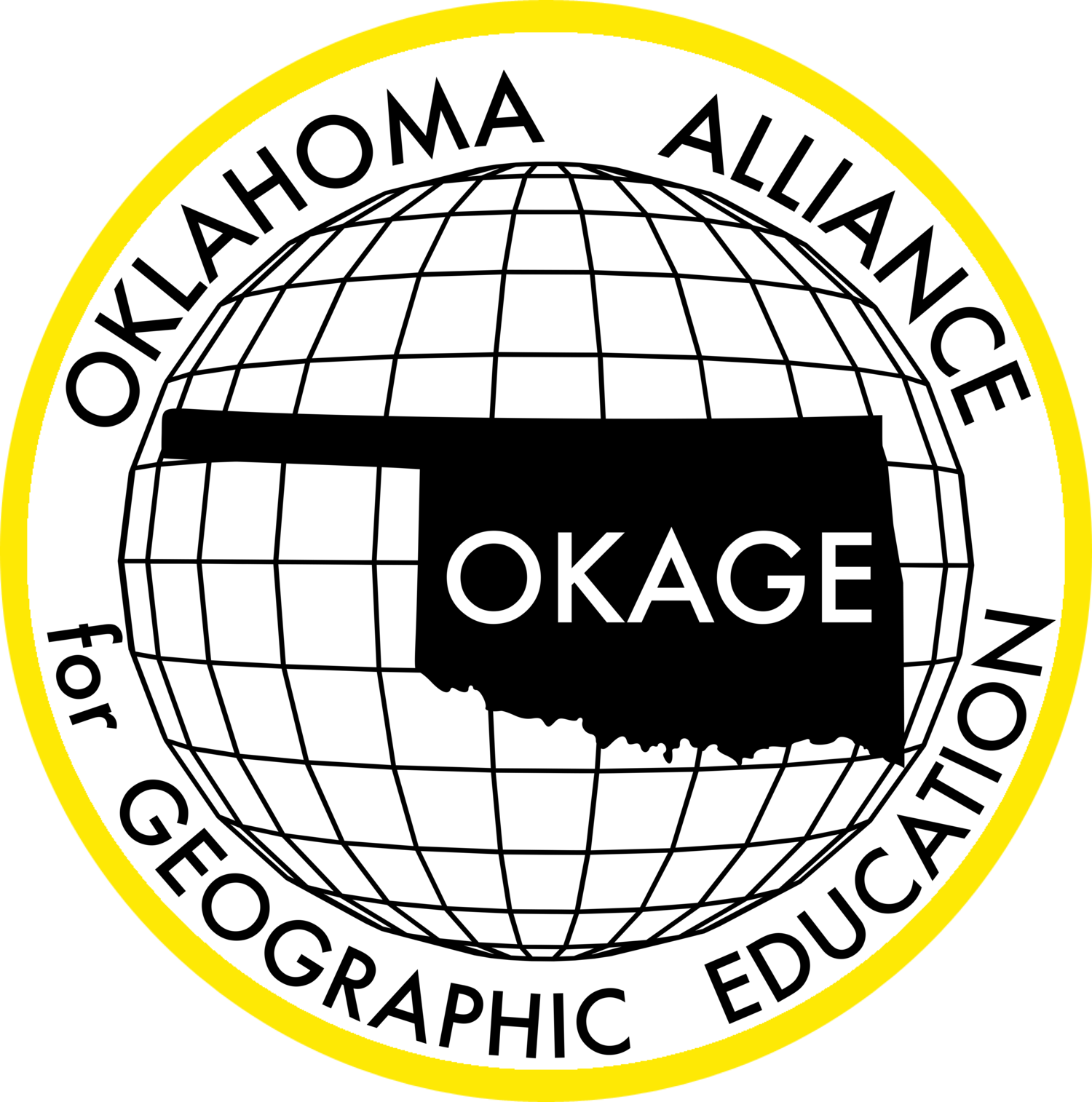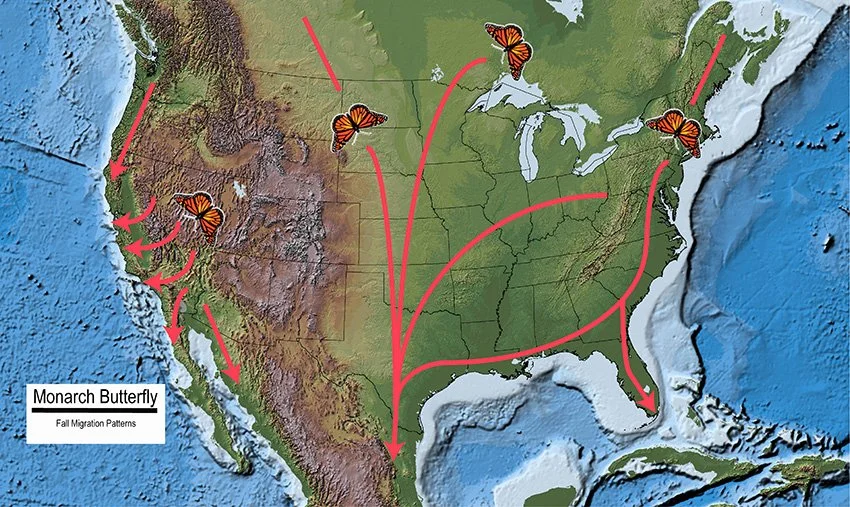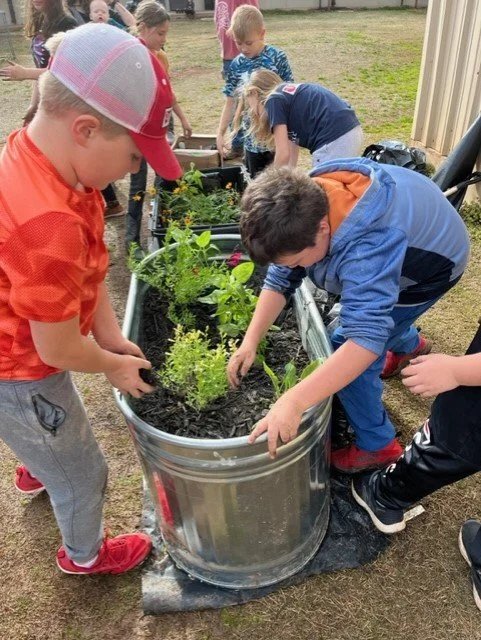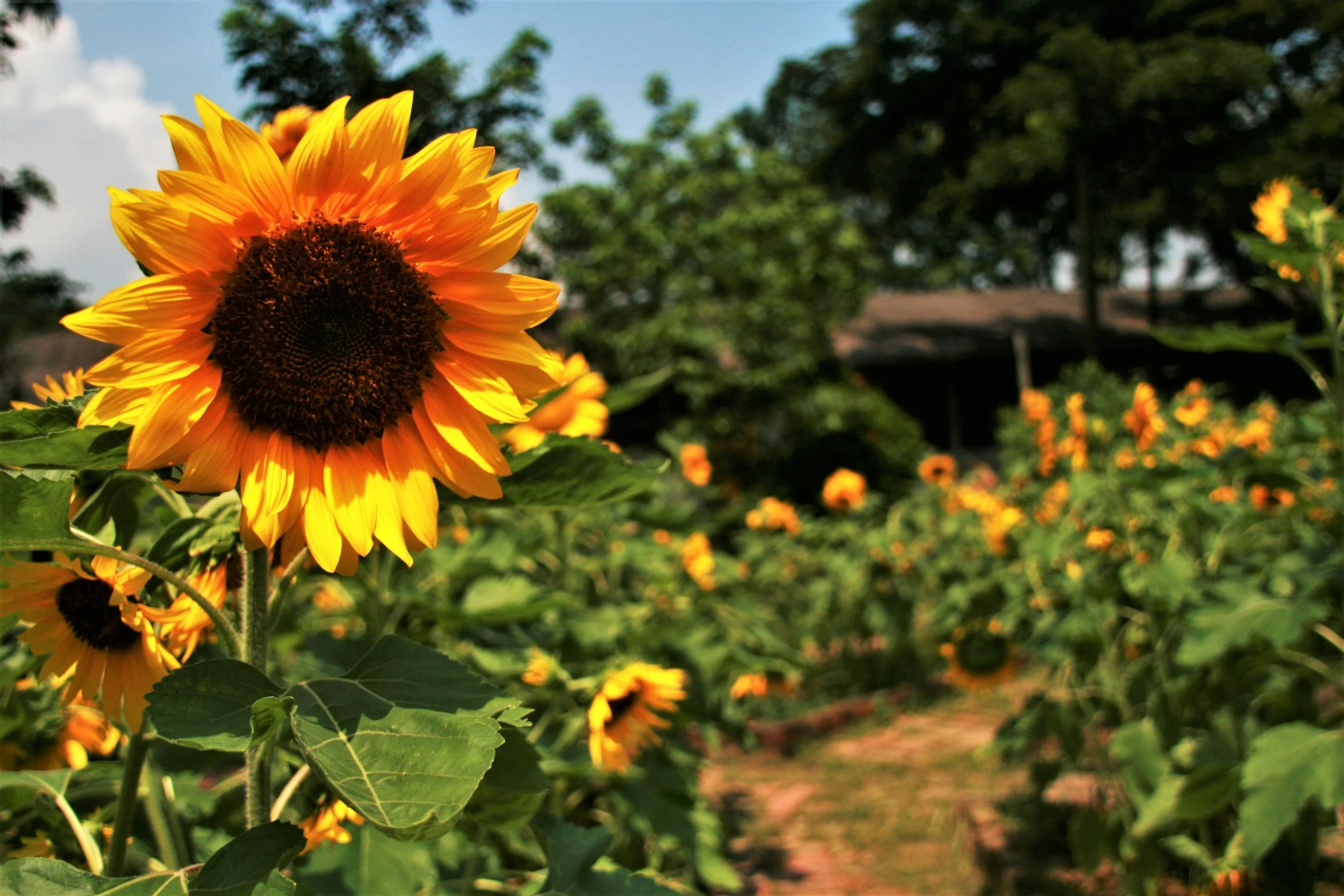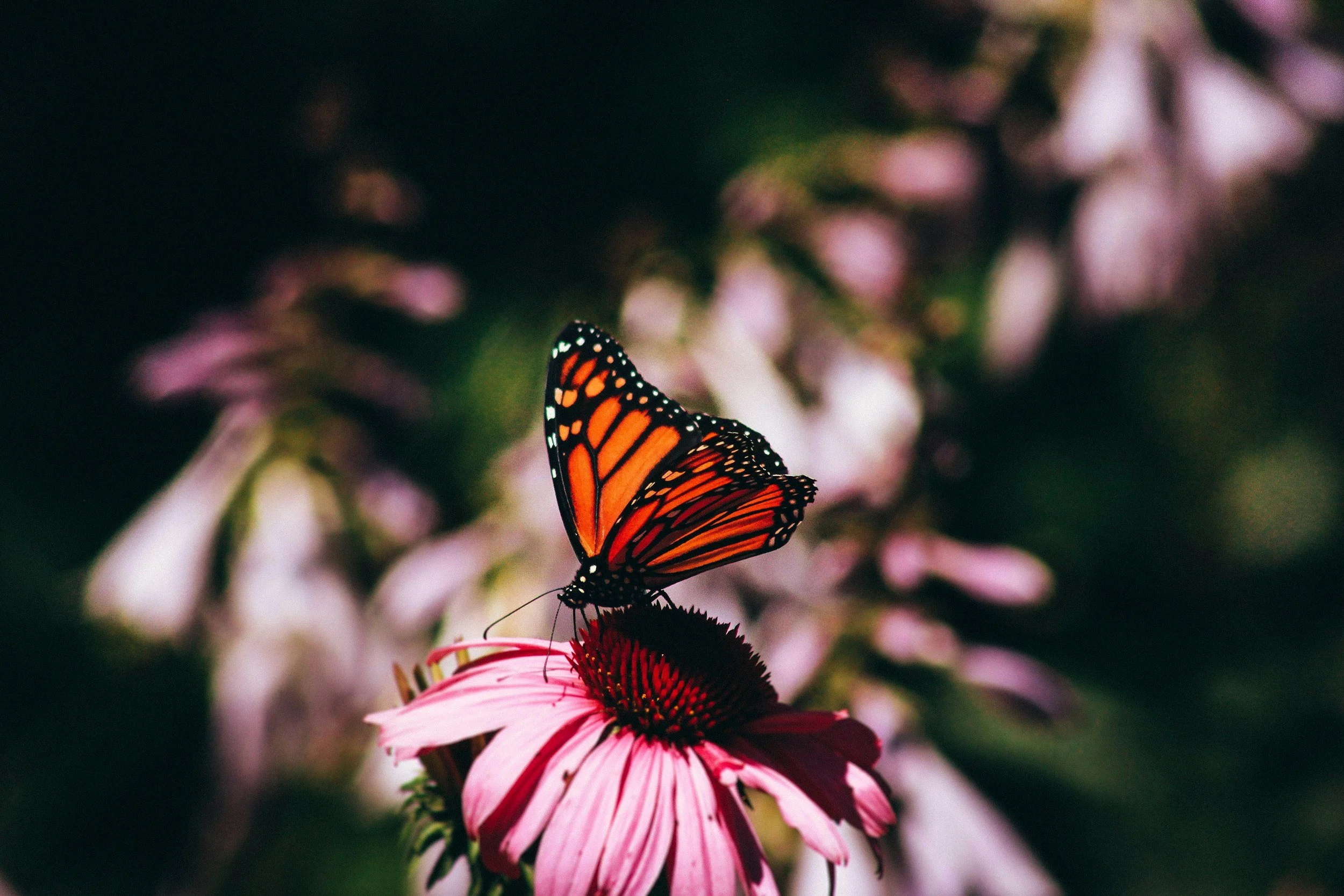school pollinator gardens
Pollinators include bees, wasps, butterflies, moths, hummingbirds, beetles, bats, and other small mammals such as lemurs and possums. According to the United States Department of Agriculture, 75 percent of the world’s flowering plants and 35 percent of the world’s food crops depend on pollinators to reproduce, making pollinators essential for approximately one out of every three bites of food we eat. Production of crops such as apples, bananas, blueberries, strawberries, melon, peaches, potatoes, vanilla, almonds, coffee, and chocolate relies heavily on pollinators. Unfortunately, the pollinators we need for our food supply, biodiversity, and natural pest control are threatened by habitat loss, disease, parasites, and contaminants such as pesticides. One contributing factor to the loss of pollinator habitat is artificial nighttime lighting; all wildlife, plants, and insects on Earth evolved under natural nighttime light from the stars, Moon, and Milky Way galaxy. In a matter of decades, humans transformed the natural night environment to one that is always brightened with artificial lights. These lights disrupt the circadian rhythms of people, animals, and plants while fragmenting the habitats of all nocturnal animals. For example, artificial lights disorient and fatigue monarch butterflies during their migration, as they rely on the Moon and stars to navigate successfully. Join OKAGE, National Geographic, and Lights Out Heartland to transform your school into a thriving pollinator-friendly campus with the 2024-25 Slingshot Challenge.
learn more
Asher Public Schools
In the 2022-23 school year, OKAGE partnered with Asher Public Schools to assess the impact of light pollution on pollinators and to establish a dark sky-friendly pollinator garden.
School Pollinator Gardens Across Oklahoma
Click here to learn more about school pollinator gardens across the state.
How to Build a Garden
Visit the Okies for Monarchs website for complete instructions on creating a pollinator garden. Refer to these guides for regional recommendations.
Pollinator Garden Lesson Plan
In this lesson plan, students will learn how to design and site a pollinator garden by researching native plants; assessing light pollution at their school to select an ideal location; and creating a budget for the necessary supplies and materials.
Monarch Butterfly Migration Lesson Plan
This lesson plan uses the Oklahoma Giant Map to understand how monarch butterfly migration through Oklahoma is impacted by light pollution.
Learn More About Light Pollution and Pollinators
